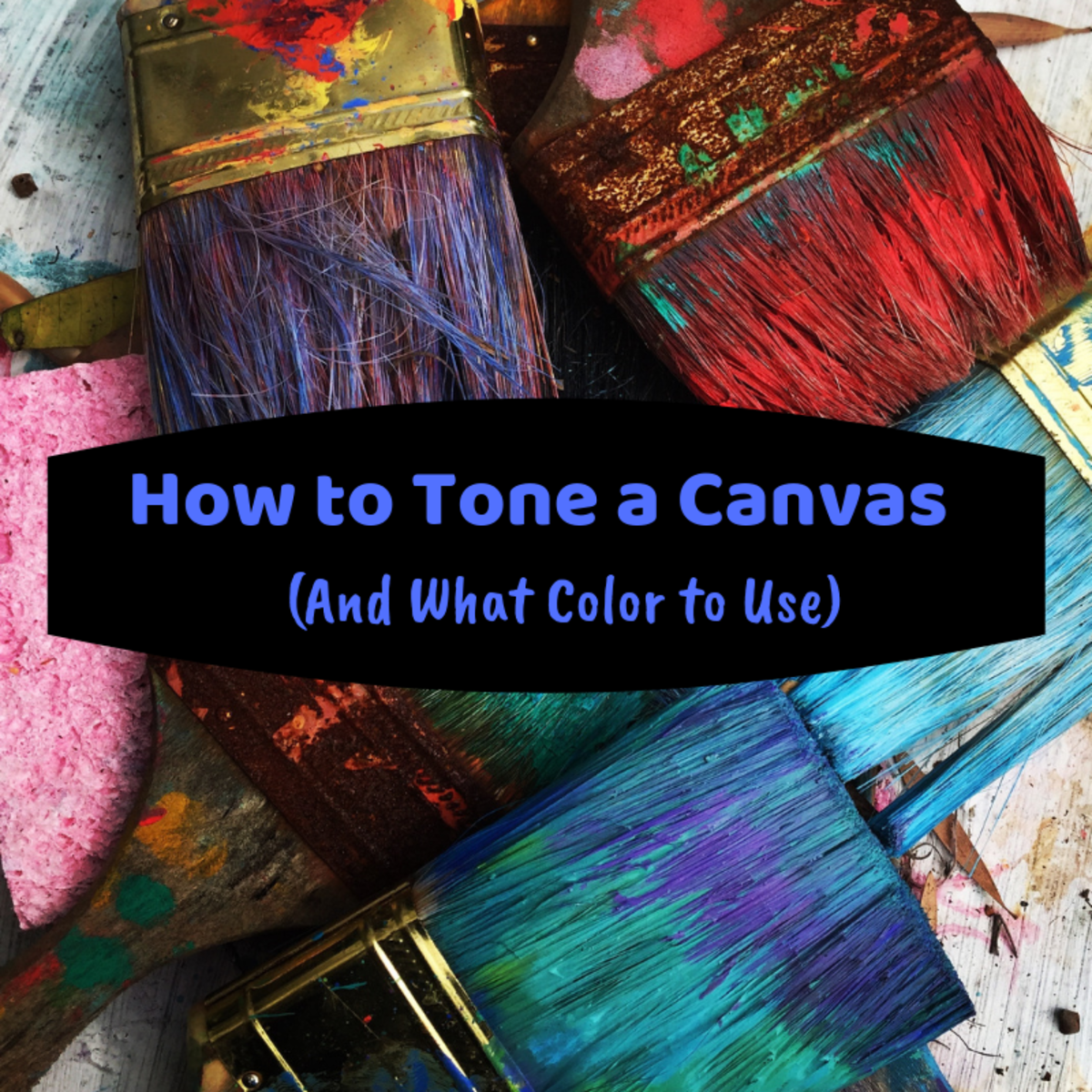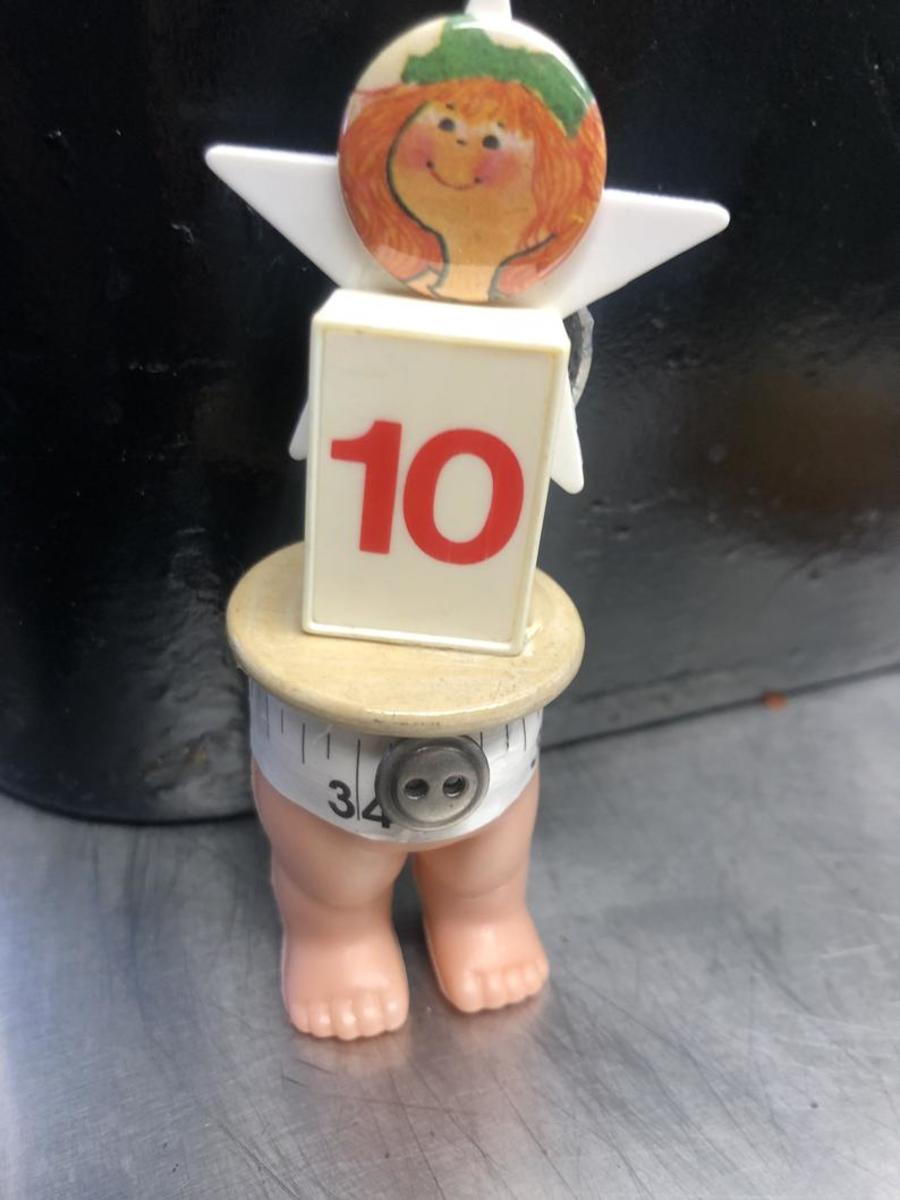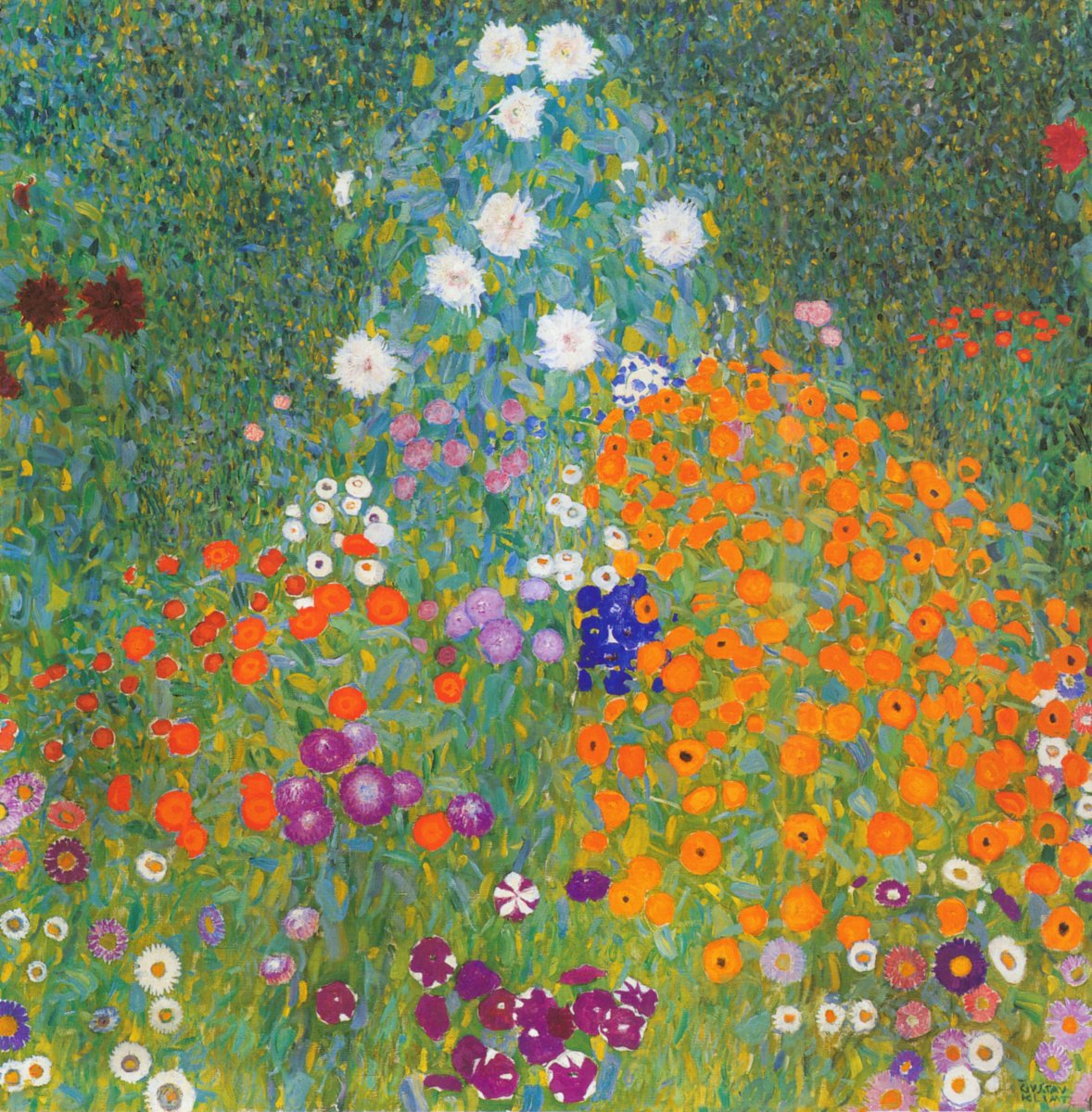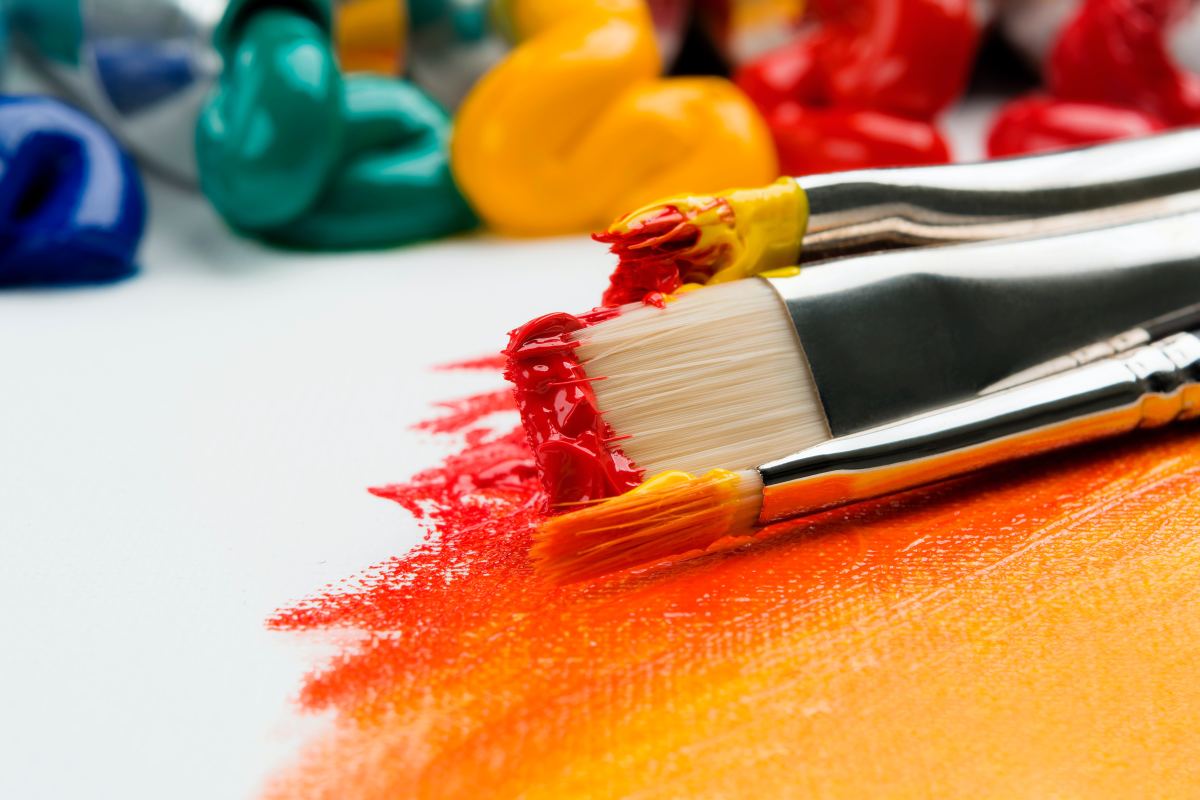5 Ideas - Painting Faster for Advanced Beginners and Intermediate Artists

In this social media world many artists are always amazed at the speed some artists seem to produce and publish work. It is not just artwork either, but quality artwork. How does that happen? Is that artist just more talented than the rest of us?
Time and energy at the same time always seems to be in limited supply for creatives. Life takes its large chunks leaving you little time to create and go to your happy place. But still you feel the need to learn, grow, practice and tell stories with your art. Whether you are painting on a journal page, canvas, board or paper you want to get it done and move on to the next piece.
Some ideas to painting faster are to:
1. experiment/play - work on paper or cheap $ store canvas
2. work smaller - perfect way learn different mixed media techniques
3. Set an intent
4. Use mixed media
5. think first - then turn off your brain
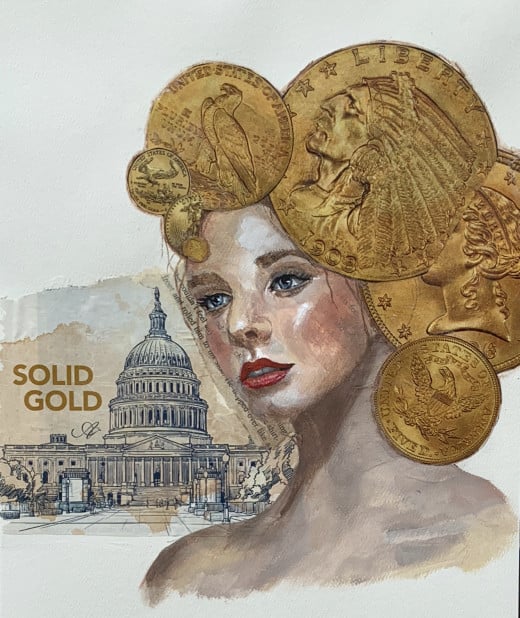
Take time to experiment and play
This is a way to trick your brain. Take the pressure off by just telling yourself you are just experimenting and playing, no expectations.
Work on mixed media paper, in a journal/sketchbook, or other mid-priced paper (don't get too cheap though as cheap paper usually gives poor results) or dollar store canvas boards (If you use these, suggest you put on several coats of gesso. Dry and then sand between layers. Use clear or white gesso that you color with acrylics to tone the board on the last layer. These boards are usually pretty rough but will get you used to working on the canvas texture which is very different than paper). Remember, “it is just a piece of paper” or $1 canvas, so if it doesn’t work out - ok.
It is important that you paint and practice until you are comfortable with what each type of media can do for you. Learn what you like and how you can achieve that effect. That simply means practice, practice, practice. That comfort that you get from experimenting will allow you to forget about "how to" and focus on new techniques and the emotion you want to convey.
Even if your painting fails to meet your expectation you learned something and you released your imagination to take over and lead the painting. Remember you don't have a huge investment here. If it fails, gesso over it and start again.
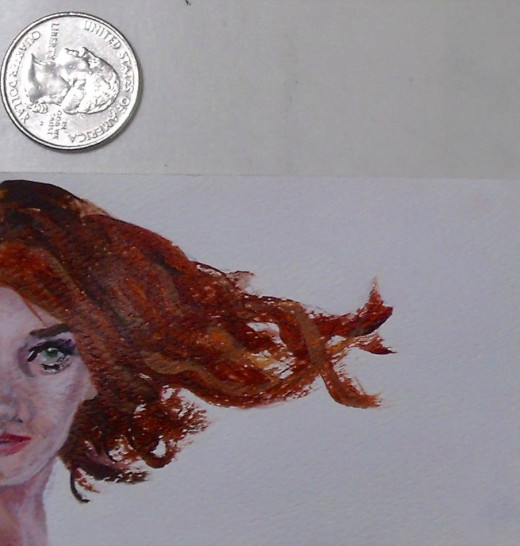
Work smaller
One key to improving speed is understanding your painting mediums and techniques. Once you have practiced enough that you are on autopilot with supplies and techniques then you can stop over thinking the “how-to” aspects of creating.
It stands to reason that painting small size, 4”x6” or 5”x7” takes less time and painting materials. Just by practicing and experimenting with all types of materials and painting your 10,000 miles of canvas, paper or journal pages, you will:
- know the key techniques to working in each medium
- strengths and weakness of each medium
- know which mediums enhance each other and play well together
- how to layer the media sandwich - what to put where and when
- using mediums to protect under layers and your finished product
A perfect way to get faster and even looser is to make ATC cards (Artist Trading Cards). They are 2.5"x3.5", just like a business card. Yes they are small, you work small, but they are quick and take just about any media you choose depending on if you are working on watercolor paper, mat board, cardboard or card stock. There are many clubs where you can exchange with other artists around the world. Usually there is a word prompt and it always is intriguing what other artists create from the same word. It is inspiring!!

Set an intent
It seems that when you think and even write on the painting surface or back of the painting what your intent is the subconscious keeps you on track. You can give the painting a title, think of a story line for the painting or decide on what emotion you want the painting to have. It doesn't have to take long or a lot of research. But it seems when I take the time to do this I have a more successful painting.
If you have trouble thinking of intent, then use word prompts. There are many lists available online as well as clubs/groups that give weekly challenges. Don't worry about completing every one. But what happens is that you end up painting things you never would have tried on your own. Like all painting practice it expands your art vocabulary.
There also are many formal 30 day or 100 day challenges. Set your intent to compete in one of these (it helps discipline you to continue). These have many benefits and one big one is that you learn to obsess less, make decisions fast so you PAINT FASTER because you have a deadline.

Use mixed media
One way to quickly cover the paper or canvas is to utilize mixed media. Usually you can infinitely add layer over layer. Things like color pencil, acrylics, watercolor, pastel, charcoal, gesso all play very well together. Add things you don't have to draw like collage figures/animals/birds/faces/flowers from catalogs or magazines, stencils that you painted/drew or colored. Many times I use junk mail when I am playing in my sketchbook. Just cover that white so you can get to what interests you the most.
Think first - then turn off your brain
Again, once you have the materials and techniques familiarity you can quit thinking about the “how-to” and move to the “feel-it” part of your art journey. I can't stress enough how important turning off your brain is. If you are an advanced beginner or intermediate artist you already will do the thinking part in your head and probably as you draw or layout your paper or canvas. You don't need that critical voice telling you it isn't good enough.
Turn on the music and let yourself go with the flow. Trust your inner voice and intuition - your instincts are good. But once you just let your subconscious take over and let it flow out you will be amazed at how quickly your piece can come together.

